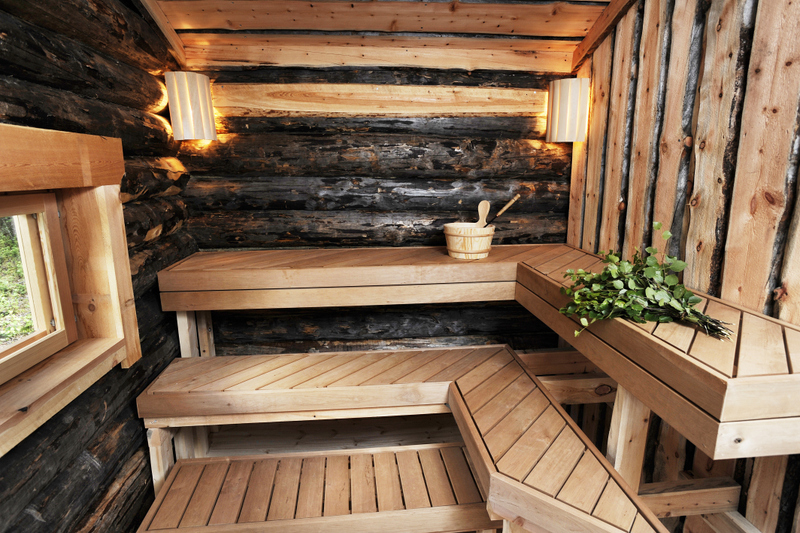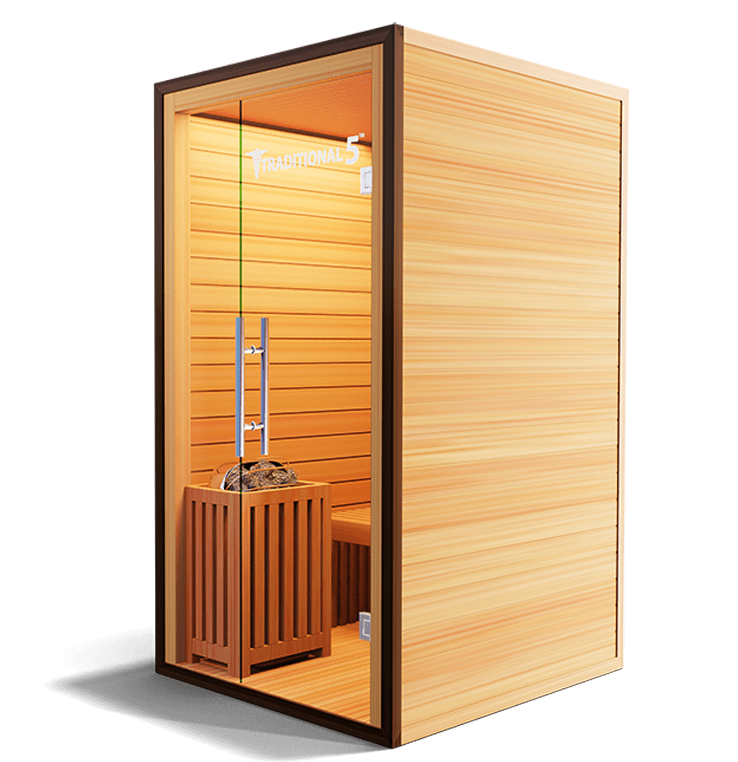The 15-Second Trick For Traditional Sauna
The 15-Second Trick For Traditional Sauna
Blog Article
Not known Details About Traditional Sauna
Table of ContentsThe Buzz on Traditional SaunaWhat Does Traditional Sauna Mean?Some Known Factual Statements About Traditional Sauna Traditional Sauna Can Be Fun For AnyoneThe Only Guide to Traditional Sauna
The majority of the weight lost in a sauna is water loss and is re-gained upon rehydrating. However, without an uncertainty sauna can be an important part of a healthy and balanced weight loss program. To take a look at the differences in between typical and IR saunas, I will certainly divide these right into proven, theoretical, and made distinctions.Therefore, the hottest factor in the saunawhich goes to the ceiling straight above the sauna heateris commonly between 185 and 190 F. Claims that a standard sauna surpasses 200 F is simply not real and not suitable for electrical saunas marketed in the United States. The temperature for a far-infrared sauna is generally established between 120 and 140 F; nevertheless, unlike the standard sauna, the objective in and IR area is not to achieve a heat.
Since of this, the temperature distinction is practically pointless, given that extreme sweating leads to both sauna types, however the technique of heating the body is various. In an IR sauna the bather will certainly feel hot and will certainly sweat profusely, however at a lot lower temperature levels (Traditional Sauna). Hence, if the goal is to invest longer time periods in the sauna, the IR sauna is an excellent choice
When a traditional sauna has actually been correctly warmed, the sauna walls are warm, the air temperature level has accomplished established temperature level and the rocks are incredibly warmed. As an interesting side note, the heated wall surfaces and the rocks are releasing far-infrared warm, incorporated with the warmed air, to produce an "covering warm".
The 6-Second Trick For Traditional Sauna

When the high temperature is accomplished, the aspects cycle on and off to preserve the heat. Most typical sauna individuals take pleasure in putting water over the rocks to create heavy steam to elevate sauna humidity levels. The advantages of pouring water over the rocks include: making the room much more comfy, dampening the nasal passages, and enabling the use of aromatherapy by mixing essential oils with the water.

When the power enters the body, it causes the body temperature to boost and inevitably leads to sweating. In an infrared sauna it is necessary for the emitters/heaters to continue to be on almost regularly. Considering that there is no mass of rocks to keep warmth, the sauna will cool if the emitters shut down.
As pointed out above, the sauna bather in an infrared area wishes to position himself in front of running emitters to obtain optimal benefit from the warmth. The home heating time for both rooms can be really various, depending on exactly how the rooms are made use of. For a typical sauna, a bather should enable 30-40 mins for the room to attain a desired temperature level and to correctly pre-heat the rocks.
The Buzz on Traditional Sauna
A well created sauna will typically accomplish a temperature of 150-160 F in concerning 30-40 mins. For hotter temperatures, the space might require to heat for a longer period.

Conventional saunas have a tendency to be bigger (thus use even more power) than infrared saunas, although typical saunas are absolutely offered in one and two person sizes as well. For a two-person traditional sauna, 5x6 or 5x7 dimension is most preferred. The top bench can comfortably seat two or three people and is additionally enough time to relax during the sauna session.
Little Known Facts About Traditional Sauna.
The typical price per kWH of electrical energy in the U.S. is about $0.11, so a 4.5 kW heating unit will set you back approximately $.50 to compete one hour, if the heater runs constantly for one hour. Usually a sauna heating system will certainly run for 75% of the first hour and 50% of subsequent hours on considering that the aspects cycle once the established temperature level is accomplished.

Finally, there is a hardly ever gone over difference in the his comment is here social experience in between both spaces. While our society has actually shed a few of the social advantage of the standard sauna experience, it can be extremely socially rewarding (Traditional Continue Sauna). From household time in the sauna, to heart-felt conversations with better halves, to sauna partiesthe conventional sauna experience can bring about intimate mingling
Traditional Sauna Fundamentals Explained
Many higher end infrared areas include tinted light treatment, audio systems and full-glass fronts.
Report this page